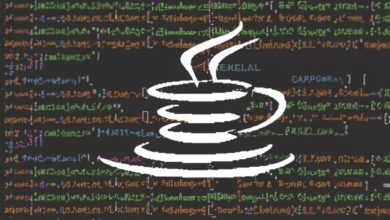
Java (programming language)
Java Program to check Given Number is Palindrome or not
Introduction
Palindromes are numbers or words that read the same backward as forward. Checking for palindromes is a common programming task that involves analyzing digits and their order. Java provides the tools to efficiently determine whether a given number is a palindrome.
Understanding Palindromes in Numbers
- Definition: A palindromic number remains unchanged when its digits are reversed.
- Examples: 121, 4554, 1001, and 3443 are all palindromes.
Steps to Check for Palindromes
- Obtain Input: Get the number to be checked from the user.
- Reverse Digits: Create a reversed version of the number.
- Compare Original and Reversed: If the original and reversed numbers are equal, it’s a palindrome.
Java Code Implementation
Java
import java.util.Scanner;
public class PalindromeChecker {
public static void main(String[] args) {
Scanner scanner = new Scanner(System.in);
System.out.print("Enter a number: ");
int num = scanner.nextInt();
int reversedNum = 0, remainder, originalNum;
originalNum = num;
// Reverse the number
while (num != 0) {
remainder = num % 10;
reversedNum = reversedNum * 10 + remainder;
num /= 10;
}
// Check for palindrome
if (originalNum == reversedNum) {
System.out.println(originalNum + " is a palindrome.");
} else {
System.out.println(originalNum + " is not a palindrome.");
}
}
}
Explanation:
- Import Scanner: Import the
Scannerclass for user input. - Prompt for Input: Ask the user to enter a number.
- Store Original Number: Store the input in
originalNum. - Reverse Digits:
- Initialize
reversedNumto 0. - Use a
whileloop to extract digits from the original number. - Multiply
reversedNumby 10 and add the extracted digit to form the reversed number.
- Initialize
- Check for Palindrome: Compare
originalNumandreversedNumfor equality. - Print Result: Display whether the number is a palindrome or not.
Additional Considerations
- Large Numbers: For very large numbers, consider using long data type (
long) to prevent overflow. - Alternative Reversal Methods: You can use recursion or string manipulation for reversing digits.
- Optimisation: The reversal process can be stopped halfway if the number of digits is even, as the first half will mirror the second half in a palindrome.
Conclusion
Java offers a straightforward approach to identify palindromic numbers through digit reversal and comparison. By following the steps outlined and understanding the code logic, you can effectively create Java programs to check for palindromes and enhance your number manipulation skills.




